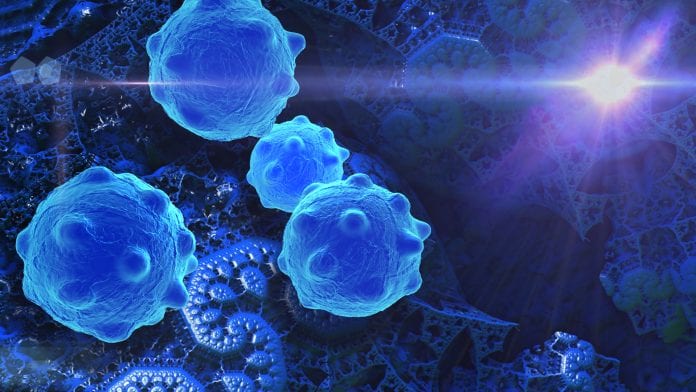
Macrophages are essential for the human body to fight off infections and bring other immune cells to the area of infection, however, they also play a major role in contributing to the growth and metastasis of many cancers.
The Morgridge Institute for Research has carried out new studies that show that macrophages have a wide range of functionality and have highlighted how a better understanding of these differences may lead to more effective immunotherapies to fight cancer.
Morgridge researcher Tiffany Heaster and colleagues describe using a combination of technologies to better reveal macrophage function and behaviour in the journal Cancer Research.
3D microfluidic technology
By applying fluorescence imaging and combining it with 3D microfluidic technology the team were able to measure the precise metabolic activity of cells and could see how the cells migrate and what role they play.
These technologies helped the team identify a distinct population of macrophage cells that migrate very actively toward cancer cells in their animal and human models, ones that may have outsized importance in promoting cancer growth. The results in both models indicate that this could be a powerful tool for examining the therapeutic potential of macrophages.
Heaster, the senior researcher at Genentech, said: “There seems to be more of a spectrum of macrophage phenotypes, and it’s been really hard to get at what these phenotypes look like with standard measures. We really need to understand these better before we can target the bad macrophages and promote the good ones.”
Currently, macrophages are classified into two types that operate in the tumour micro-environment, Heaster says. The first – M1 – actively kill cancer cells through methods such as piercing or eating the cells and stimulating secondary immune responses. The second – M2 – support tumour growth by suppressing immune recognition and promoting blood vessel growth. They also appear to be a major culprit in metastasis.
Creating immunotherapies
There is a very small subset of immunotherapies that target macrophages, however, they have limited uses compared to other immune cells, such as T cells, because they are poorly understood, says Heaster.
Melissa Skala, a Morgridge investigator and professor of biomedical engineering at UW-Madison, says the key innovation is the convergence of two powerful technologies that give scientists a new way to study cancer.
Skala said: “Tiffany’s technology is helpful because it provides that single-cell resolution, and it provides spatial information so you can understand how different populations of macrophages are behaving metabolically, and how they’re distributed throughout the tumour,” Skala says.
“It’s one piece in a complex puzzle to promote anti-tumour immunity. Right now, most of the focus is on T-cells. But macrophages also orchestrate this anti-tumour immunity, so I think a lot of the therapies that are targeting immune involvement are also affecting macrophages. We’re trying to understand how.”







